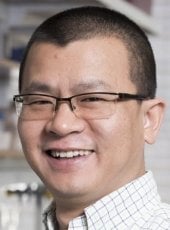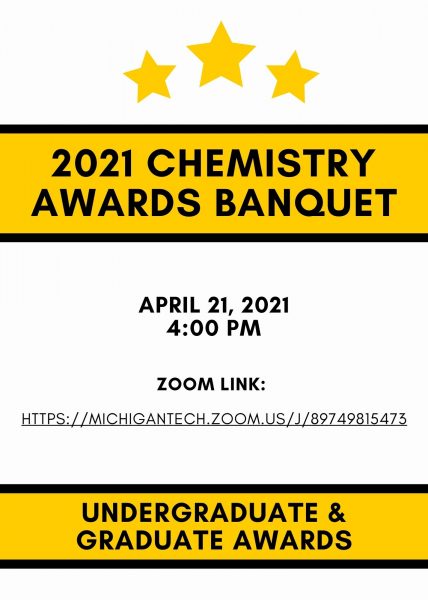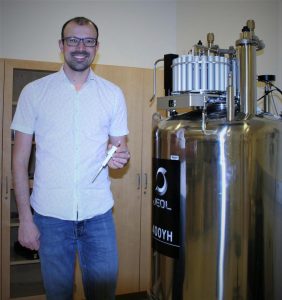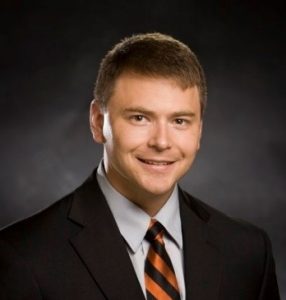Chemistry Team Publishes in JACS Au
Congratulations to the team including Department of Chemistry Ph.D. students Shobhit Chaturvedi (lead author), Bathir Sathik, and Sodiq Waheed, and undergraduate students Jon Wildey (chemical engineering) and Cait Warner (biological sciences), and led by Christo Christov and Tatyana Karabencheva-Christova (Chem), whose article was published in JACS Au.
The article is titled “Can Second Coordination Sphere and Long-Range Interactions Modulate Hydrogen Atom Transfer in a Non-Heme Fe(II)-Dependent Histone Demethylase?” Christopher Schofield of the University of Oxford, U.K., is also a co-author of the article. This research is supported by NIH grant GM139118.
The study reveals how residues in the second coordination sphere and beyond drive and control the reactivity of the non-heme iron(iv)-oxo complex of the histone demethylase PHF8 to perform the key hydrogen atom abstraction reaction in its catalytic mechanism.
Chemistry Team Publishes in Chemistry – A European Journal
Ph.D. student Sodiq Waheed (chemistry) and Christo Christov (Chem) are participants in a collaborative experimental/computational study led by Nicolai Lehnert at the University of Michigan which was published in Chemistry – A European Journal.
The study, titled “YfeX – A New Platform for Carbene Transferase Development with High Intrinsic Reactivity,” focuses on a redesign of YfeX enzyme as a platform for carbene transferase reactions.
Victor Sosa Alfaro (lead author) and Hannah Palomino of the University of Michigan and Anja Knorrscheidt and Martin Weissenborn of the Martin Luther University of Halle-Wittenberg, Germany, are co-authors of the manuscript.




